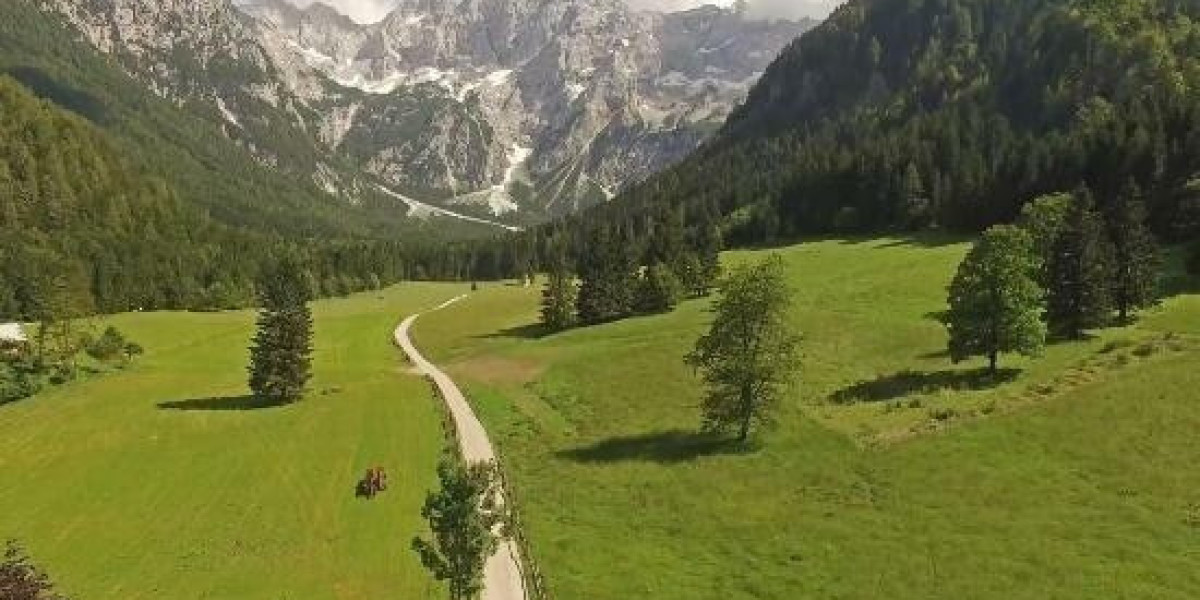Constantly the biodiesel industry is searching for some option to produce eco-friendly energy. Biodiesel prepared from canola, sunflower and jatropha curcas can change or be combined with standard diesel. During very first half of 2000's jatropha biofuel made the headings as a preferred and promising alternative. It is prepared from jatropha curcas, a plant species native to Central America that can be grown on wasteland.

Jatropha Curcas is a non edible plant that grows in the dry areas. The plant grows really rapidly and it can yield seeds for about 50 years. The oil obtained from its seeds can be used as a biofuel. This can be blended with petroleum diesel. Previously it has actually been used twice with algae mix to fuel test flight of airlines.

Another positive method of jatorpha seeds is that they have 37% oil material and they can be burned as a fuel without improving them. It is likewise utilized for medical purpose. Supporters of jatropha biodiesel state that the flames of jatropha curcas oil are smoke complimentary and they are effectively evaluated for easy diesel motor.
jatropha curcas biodiesel as Renewable resource Investment has brought in the interest of lots of business, which have evaluated it for automotive use. Jatropha biodiesel has actually been roadway tested by Mercedes and 3 of the cars and trucks have covered 18,600 miles by utilizing the jatropha plant biodiesel.
Since it is because of some downsides, the jatropha curcas biodiesel have actually ruled out as a terrific renewable resource. The most significant issue is that nobody knows that exactly what the efficiency rate of the plant is. Secondly they don't understand how big scale cultivation may affect the soil quality and the environment as a whole. The jatropha plant needs five times more water per energy than corn and sugarcane. This raises another problem. On the other hand it is to be noted that jatropha can grow on tropical environments with annual rains of about 1000 to 1500 mm. A thing to be kept in mind is that jatropha requires proper watering in the first year of its plantation which lasts for decades.
Recent survey states that it is true that jatropha can grow on degraded land with little water and poor nutrition. But there is no evidence for the yield to be high. This might be proportional to the quality of the soil. In such a case it may require high quality of land and might require the same quagmire that is dealt with by the majority of biofuel types.
Jatropha has one primary drawback. The seeds and leaves of jatropha are hazardous to people and livestock. This made the Australian federal government to ban the plant in 2006. The federal government stated the plant as intrusive species, and too risky for western Australian agriculture and the environment here (DAFWQ 2006).
While jatropha has stimulating budding, there are variety of research obstacles remain. The significance of cleansing needs to be studied because of the toxicity of the plant. Along side a systematic study of the oil yield have to be undertaken, this is really crucial since of high yield of jatropha would most likely required before jatropha curcas can be contributed significantly to the world. Lastly it is also very crucial to study about the jatropha curcas species that can endure in more temperature level climate, as jatropha is really much restricted in the tropical climates.








